Antiquities and historical values
-
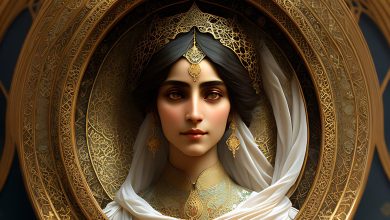
Who were Mughan Parsi?
Persian Mughans or Iranian Mughans refer to people who engaged in religious, cultural and social activities as Zoroastrian priests during the Achaemenid, Sassanid, and sometimes Parthian and Parthian periods.. By propagating the Zoroastrian religion and teaching inscriptions and religious texts, these people played a very important role in preserving…
Read More » -
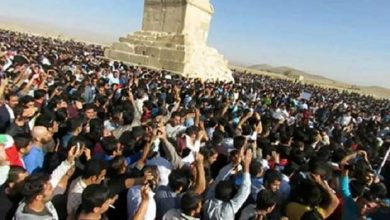
Nationalism (nationalism) ایرانی : Genealogical or democratic
Iranian nationalism: Descendant or Democratic Part of the editorial of Pouyeh Quarterly, no 3 and 4, spring and summer 1397: Undoubtedly, addressing Iranian nationalism is a very difficult task. The most important difficulty is due to the footprint that Iran has in the ancient world. Iran is one of the few countries in the world that is from ancient times…
Read More » -
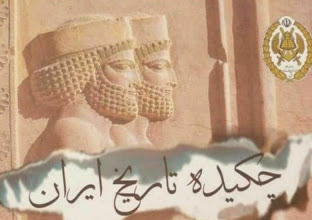
Abstract book on the history of Iran from antiquity to the end of the Qajar period
A book on the history of Iran from antiquity to the end of the Qajar period was published: Any nation that does not know the history of its ancestors and the reason for their advancement and decline is like a child that does not know its father, and any nation that does not have the history of its ancestors in hand, may…
Read More » -

Making the Achaemenid Akinake sword by Master Farjian
Master Farajian is from Zanjan and is a great artist in making Iranian knives and swords. One of his most beautiful works is the Achaemenid Ekinake sword, which shows the pinnacle of this great man's art.. Achaemenid sword handle made in the shape of two lion heads. Bronze eyes and teeth…
Read More » -
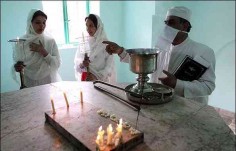
Myths of every nation
The religion or stories of any nation can not be understood apart from its historical context . Therefore, in order to understand the myths and beliefs of ancient Iranians, it is necessary to first study the history of Iran. In a very distant past, the tribes that now live in Europe, Iran, and India were all one…
Read More » -
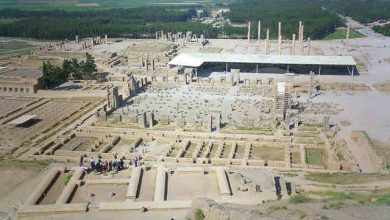
A look at the myths of Iran
The first ruling dynasty in the mythological and epic history of Iran was the land of "Pishdadians".. Pishdad means "the first person who brought the law". In Ferdowsi's Shahnameh, the first king of Peshdada "Gyumarth" (What is inheritance?) (Kiomers) He was the first Aryan man and the first ruler in Avesta and ancient texts, and according to mythological texts after…
Read More » -

History of the Persian Gulf Persian Gulf (Aryan Gulf)
Persian gulf (or Persian Gulf) It is located along the Oman Sea and between the Arabian Peninsula and Iran. Its area is 233,000 square kilometers. From the east through the Strait of Hormuz and the Oman Sea, it leads to the Indian Ocean and the Arabian Sea, and from the west to the delta of the Arvandroud River, which…
Read More » -
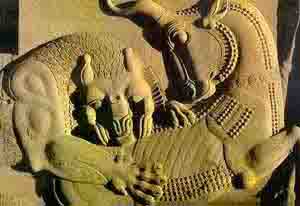
astronomy (Astronomy) In ancient Persia
There is not much information available about the level of astronomical knowledge in ancient Iran. In Iran, before the arrival of the Aryans, the patterns left on the pottery of the prehistoric era of Iran show the attention of the people of this land to the stars.. In many ancient hills of Iran, the sign…
Read More » -
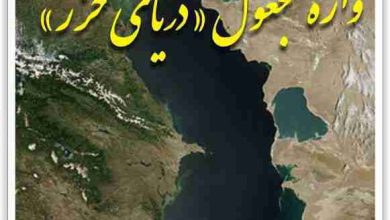
The pseudonym of the Caspian Sea (Caspian Sea or Caspian Sea?)
Using the word "Caspian" for the "Mazandaran" sea is illegal, distasteful, and anti-Iranian…. At the beginning of the 7th century AD, two great peoples lived in the north of the "Caucasus".. One of these two peoples was the "Bulgarians" and the other was the "Khazarans" who lived in the plains of the Terek and Volga rivers.…
Read More »
